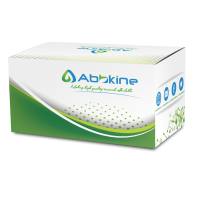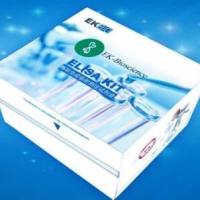Toll-Like Receptors and Rheumatoid Arthritis
互联网
互联网
相关产品推荐

EliKine™ 人Toll样受体2 ELISA定量试剂盒
¥1598

大鼠 PPAR-α (Peroxisome Prolife大鼠ors Activator Receptors alpha) ELISAKit
¥960

Saal1/Saal1蛋白Recombinant Mouse Protein SAAL1 (Saal1)重组蛋白Synoviocyte proliferation-associated in collagen-induced arthritis protein 1 (SPACIA1)蛋白
¥2328

Recombinant-Giraffa-camelopardalis-Toll-like-receptor-2TLR2Toll-like receptor 2 Alternative name(s): CD_antigen= CD282
¥15568

TICAM2/TICAM2蛋白Recombinant Human TIR domain-containing adapter molecule 2 (TICAM2)重组蛋白Putative NF-kappa-B-activating protein 502 TRIF-related adapter molecule Toll-like receptor adaptor protein 3 Toll/interleukin-1 receptor domain-containing protein蛋白
¥1344

